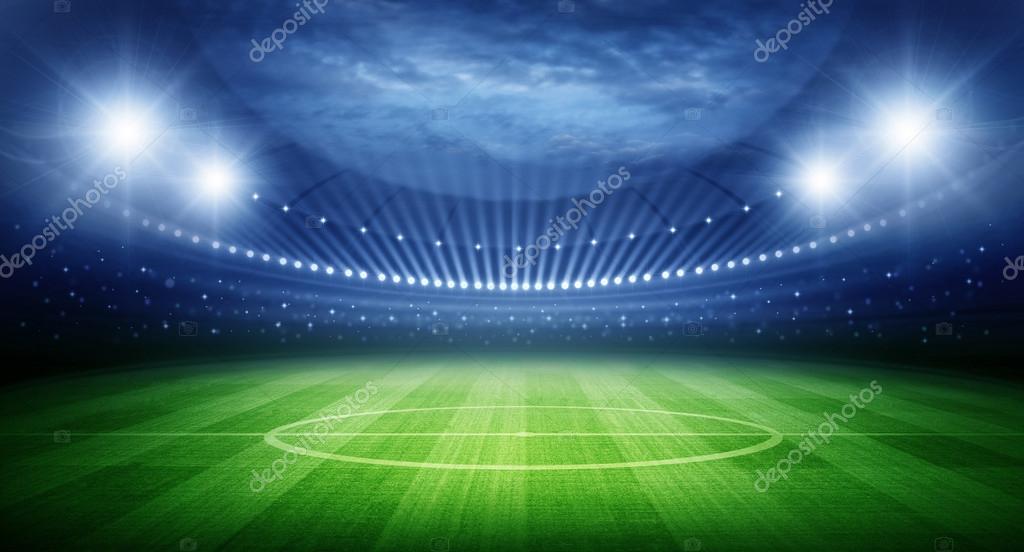Did you know that the fastest goal ever scored only took 2.4 seconds?
With over 265 million men and women players in the world, football has grown its popularity over the years which make it the most supported sport in the world. Americans and Canadians call it soccer. Football has a wide range of games such as World Cup and Premier League; it has developed quite a large number of fans around the globe.
Football is mainly played in stadiums which have already been built around the world with the largest one in North Korea. In the stadiums, there are many technologies included in the design and techniques which make sure that the experience is received by the fans better. The stadiums must have a broad range of lights used to ensure that the players in the fields see what is going on together with the spectators but also ensure clean and smooth streaming of the matches to their televisions.
There are different types of lights that are used in the stadiums which include halogen lamps, high pressure sodium lamps and LED lamps. However, the use of the halogen and the high pressure sodium lamps has majorly decreased over the years since the use of the LED lights. The LED lights produce light through the use of light emitting diodes which helps to save the energy and power used in light production.
Power line accessory is used to brace and secure the connection in overhead power lines, telecommunications and street lights. Without the power line accessories the connection of the lines may be deemed incomplete. They include components such as secondary racks, suspension clamps, guy clamps, anchor rods, stay rod, secondary clevis and yoke plates. They are also known as power line hardware or power line fitting.
Table of Contents
Light Distribution in Football Stadiums
The arrangement of the lamps is reasonable as it directly affects the lighting effect and economy of the field. The main light distribution methods are discussed below.
Four-tower Distribution
This is where four light houses are set at the four corners of the field. The height of the tower is generally 25-50 com and a narrow beam lamp is commonly used. The proper position of the lighthouse can form appropriate illuminance distribution on the field by targeting various beam angles. The impact of the higher brightness obtained by using large gas effective lamps connected with traditional tower height, steadily produce excessive glare. Power line accessory like the steel cross arms and stay wires are used in these scenarios to support the connection.
Light Belts Distribution
In this case, lights are arranged in rows on both sides of the field to form a constant light strip lighting system. The lighting consistency between the player and the stadium is better in this case. In some stadiums, the lighting of the light belt is close to the edge of the field and adequate vertical illumination cannot be obtained at the side of the field. In this case, renounced complementary light should be added. The light belt uses several types of projection lamps with different beam angles to project. The narrow beam is used for long projection and the medium for short projection.

Mixed Distribution
This is a new type of lamp settlement in a field that naturally combines the four-tower with the light belt arrangement. It is an arrangement that is solving the lighting technology and lighting effects of a large scale comprehensive stadium. The mixed arrangement assimilates the advantages of the two methods of lamp distribution to enhance the physical sense. The floodlights used in the four towers are narrow beams to solve the long range projections.
Multi-tower Distribution
This kind of setting is provided with light pole on both sides of the field. It is preferred because of it characteristics like less power usage and better horizontal and vertical illuminance. It is cheap and easy to repair and maintain. The only disadvantage of this kind of lamp is that it can be difficult to eliminate shadows for the audience when it is arranged between the field and the auditorium. Power line equipment is used on these towers to help support the connection in the top of the pole.
